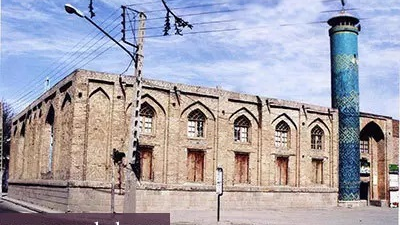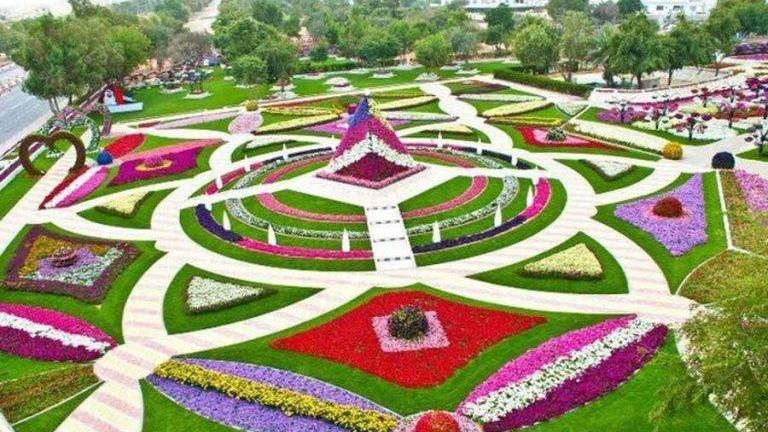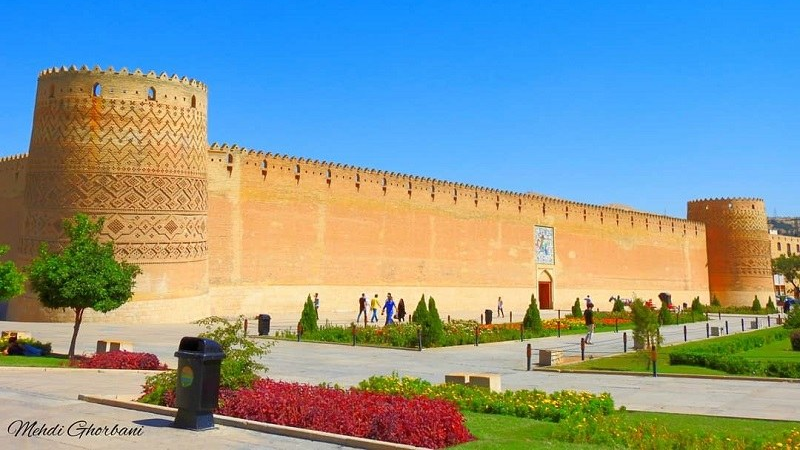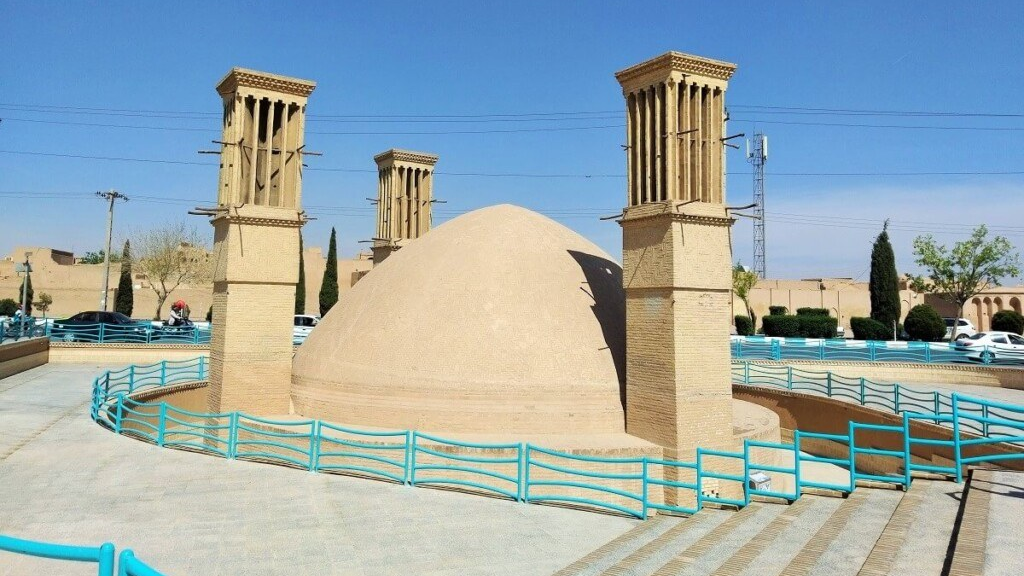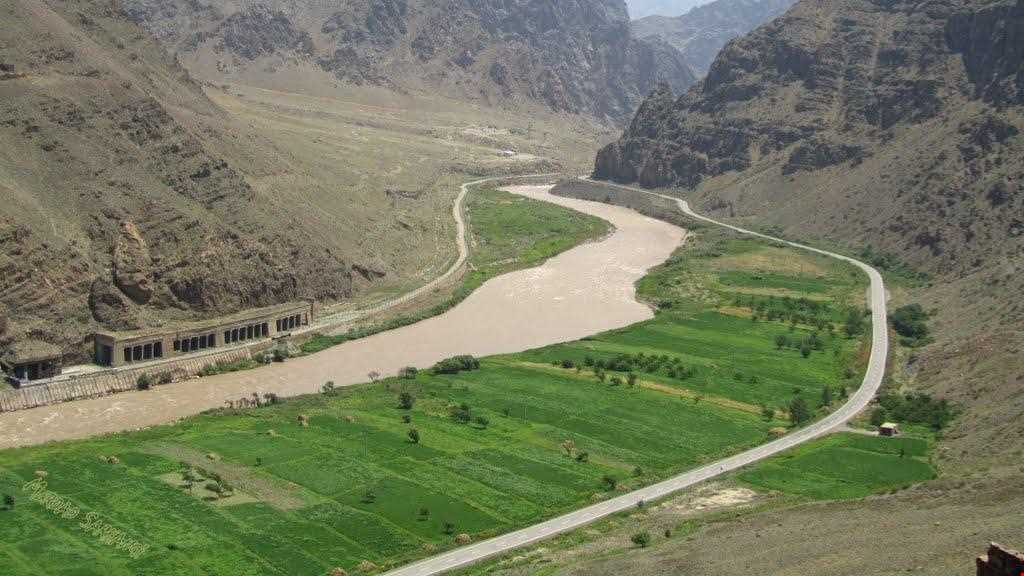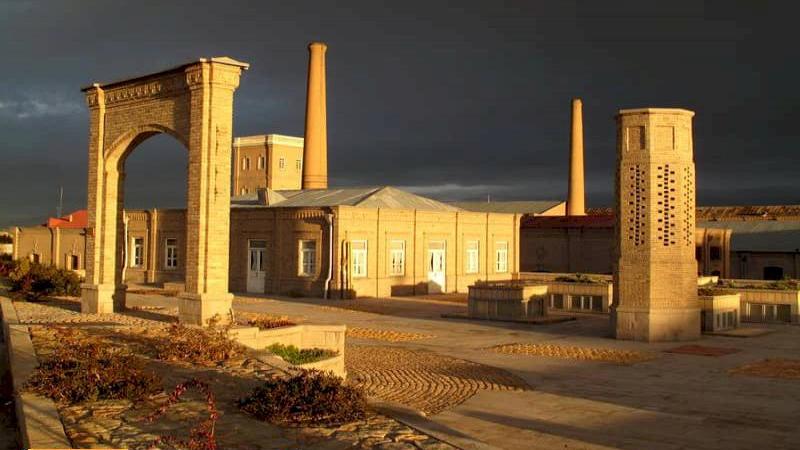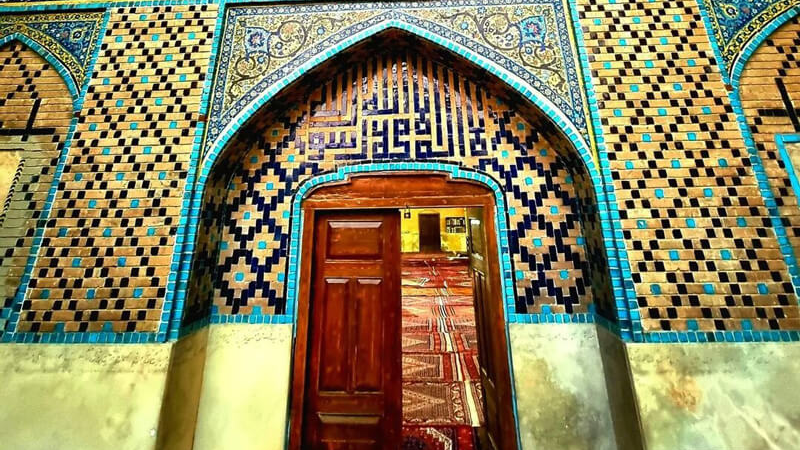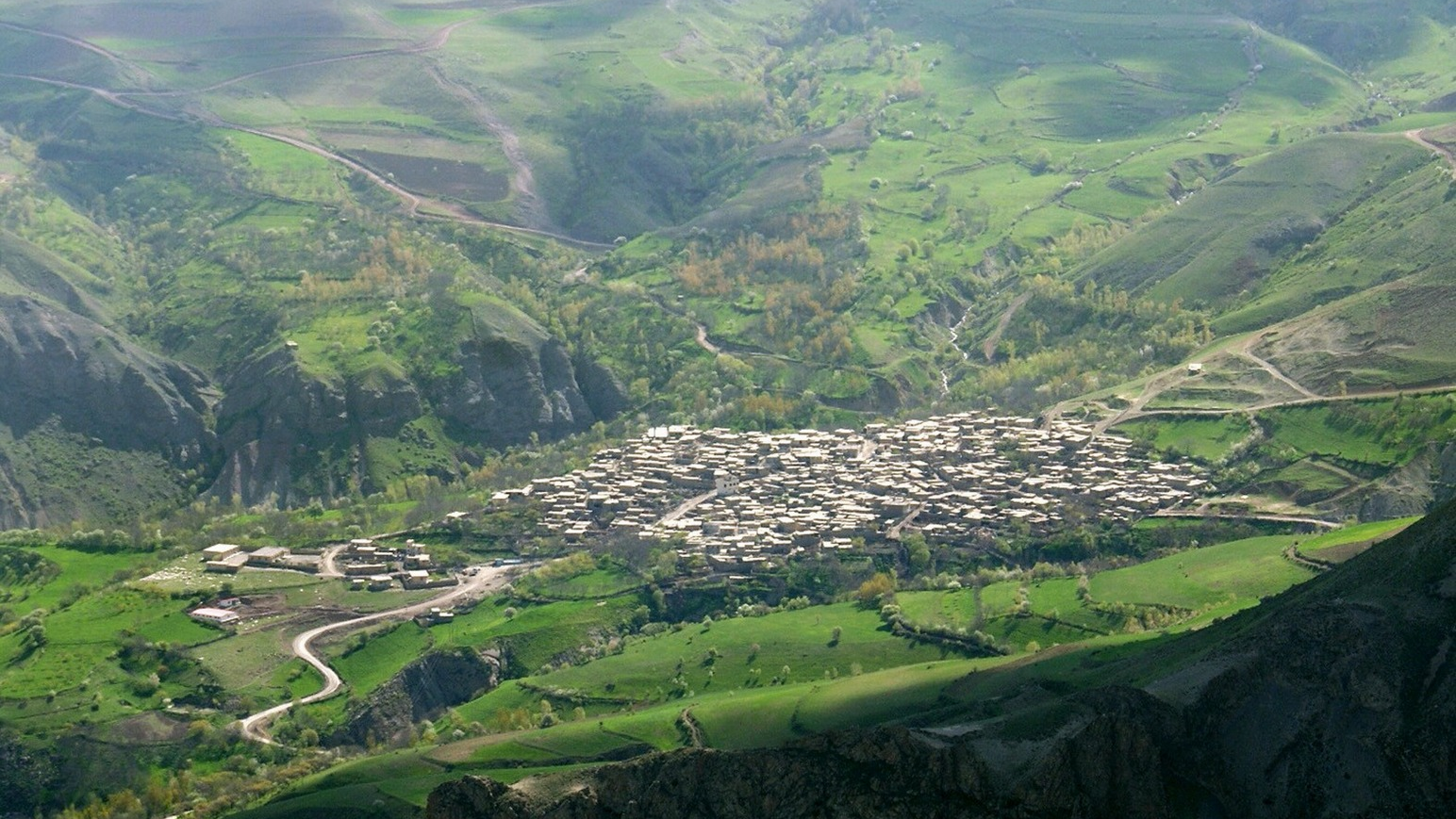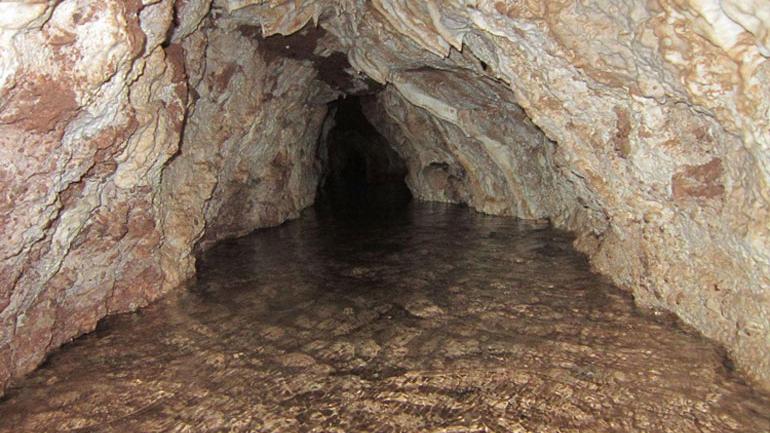
Chaharmenar Locality and Mosque
There are several localities with many historical sites in Yazd. One of these old neighborhoods is Chaharmenar, which is currently located in the center of the city. Chaharmenar Locality is the largest historical neighborhood of Yazd and has hosted the most important events of the city throughout history. Dowlatabad Historical Garden, which has been inscribed on the UNESCO List of World Heritage, is located in this neighborhood.
The Origin of the Name of Chaharmenar Locality
The old name of this neighborhood was “Bahruk” or “Pahruk”, which means wide or broad land. However, this neighborhood is called Chaharmenar today because of the presence of four minarets on two opposite schools, which are known as Chaharmenar or Shamsiyeh Schools. These schools were built by the order of Seyyed Shamsuddin Muhammad Bin Ruknuddin, whose tomb is now located there. Presently, there are no traces of these minarets left, but according to historical evidence, these minarets were decorated with beautiful green tiles.
History of Chaharmenar Locality
According to the elders of the neighborhood, Seyyed Shamsuddin built up this neighborhood by establishing a school, a monastery, and a market. At that time, the neighborhood was outside the city walls, and even the Friday prayer was held independently from the city’s Friday prayer, in the Mir Khezr Shah Mosque. Although the neighborhood was outside the city, it was very important and the governors of Yazd tried to extend the streets and government gardens of the city to the Chaharmenar neighborhood.
The construction of certain buildings, some of which exist today in the Chaharmenar neighborhood, was completed in 717 AH (1317 AD). Seyyed Shamsuddin died in Tabriz in 733 AH (1332 AD) and his body was transferred to Yazd and buried in Shamsiyeh School.
The Chaharmenar Locality, presently, consists of two parts, Chaharmenar Alley and Bondun (Bondar) Alley. According to the local residents, the choice of the name Bondar for this street was due to the existence of many gardens in it, which belonged to a Zoroastrian by the name of “Gur Namir”. Since Chaharmenar was the last locality of the city in the past, they used to light a fire on top of its high buildings at night so that the caravans would not lose their way.
Demography of Chaharmenar Locality
In the past, Iran’s social system was based on tribal divisions, and sometimes the heads of some tribes could take over the government of the country by overcoming other tribes and this is exactly what happened in the 18th century AD when the Qajar tribe was able to establish a dynasty in Iran by being winning over other tribes. However, due to its unfavorable geographical and climatic conditions, the city of Yazd was far from such a tribal system and was governed in an urban and civil manner. This way of managing society led to the cultural progress of the city, but the existence of numerous fences affected the relationship between the inner and outer neighborhoods and created cultural differences between them.
This difference was even seen in the professions of the people of different neighborhoods of Yazd, such that the people of Chaharmenar were engaged in weaving, trade, and goldsmithing, but the people of the suburbs were mainly farmers. The difference between the localities was even reflected in their dialects.
Chaharmenar Mosque
Khezr Shah or Chaharmenar Mosque is one of the historical buildings located in the Chaharmenar locality, the longevity of which dates back to the Timurid era (1194 to 1370 AD). A porch, a summer courtyard, and a warm house are the different parts of the Chaharmenar Mosque. In one of his books, the Iranian writer, Iraj Afshar, has described the Chaharmanar Mosqueas follows:
• The entire mihrab (niche) is covered with mosaic tiles of the Timurid era.
• The eastern body of the pulpit is decorated with mosaic tiles.
• There is a piece of marble measuring 55 by 60 cm in the mihrab of the warm house, on which the date 1294 (probably the lunar year is meant, in which case it is equivalent to 1877 AD) has been engraved in a very rough way.
• There is a carpet of 7.40 by 4.25 meters with a wide prayer mat design and tree and bush motifs in the main hall of the mosque.
The Chaharmenar Mosque was inscribed on the list of Iran’s national heritage in the year 1999 AD.
Chaharmenar Locality is the largest historical neighborhood of Yazd and has hosted the most important events of the city throughout history. Dowlatabad Historical Garden, which has been inscribed on the UNESCO List of World Heritage, is located in this neighborhood.
| Name | Chaharmenar Locality and Mosque |
| Country | Iran |
| State | Yazd |
| City | Yazd |
| Type | Historical |
| Registration | National |
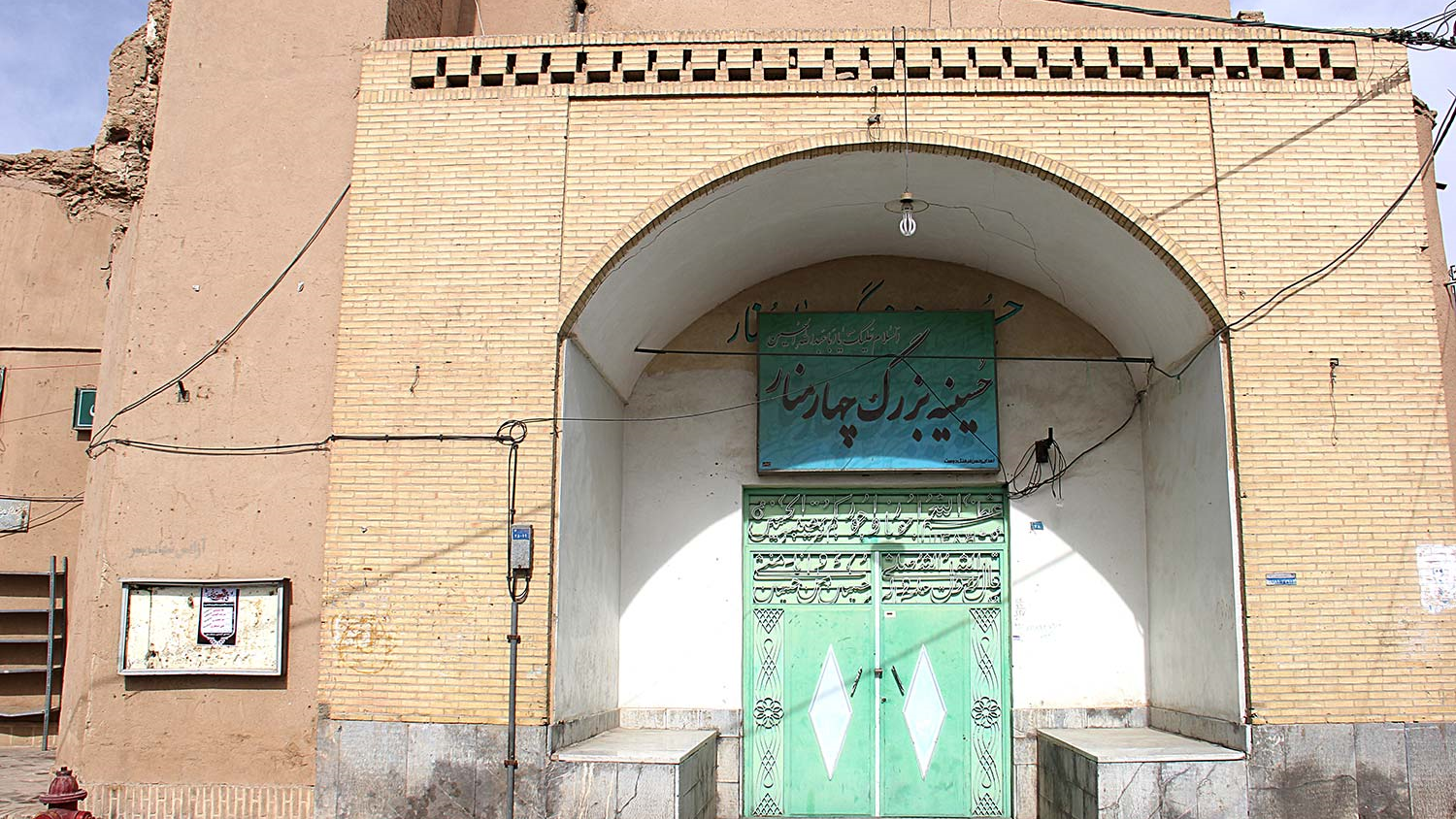
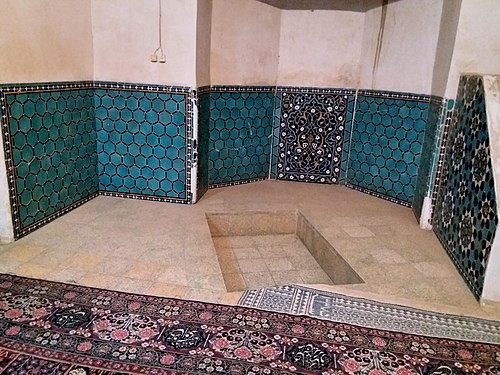
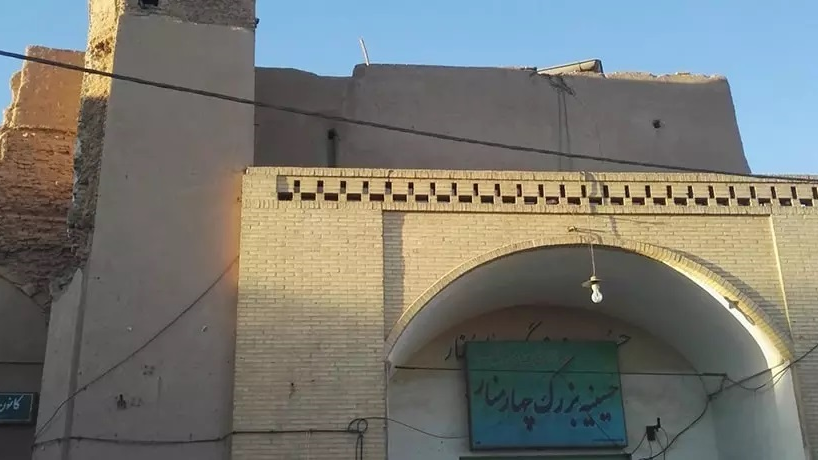
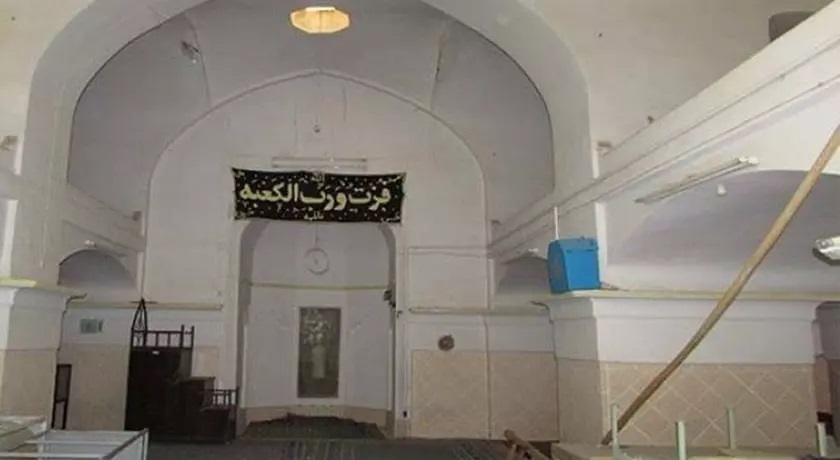




Choose blindless
Red blindless Green blindless Blue blindless Red hard to see Green hard to see Blue hard to see Monochrome Special MonochromeFont size change:
Change word spacing:
Change line height:
Change mouse type:
